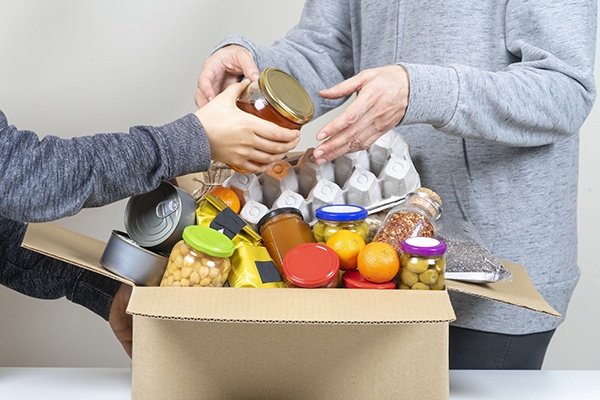The link between childhood hunger and food insecurity and children’s academic performance is well-documented. Specifically, research demonstrates that experiences of hunger or food insecurity can inhibit children’s ability to pay attention and behave in school, negatively impacting their learning and academic performance. Research demonstrates a clear link between participation in school meal programs and a variety of child outcomes, many of which are highlighted below:
- School meals and Improved academic performance.
- Improved student behavior
- Improved school attendance
- Reduce Body Mass Index (BMI)
- Reduce Food Insecurity
- Improved diet quality.
For more information on how school meals participation influences child outcomes, kindly download our Policy brief on Evidence of the Relationship Between School Meals Participation and Child Outcomes

